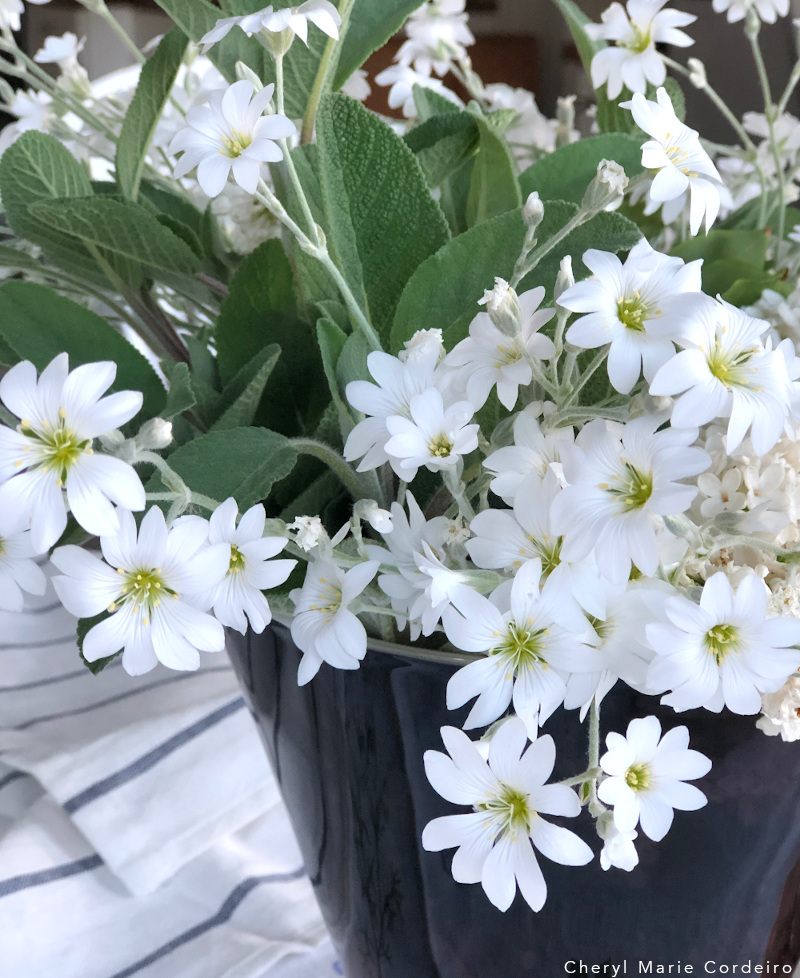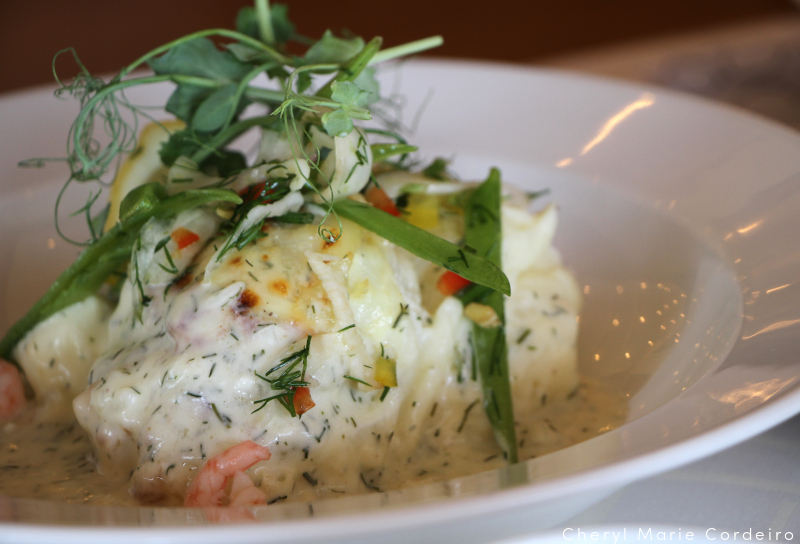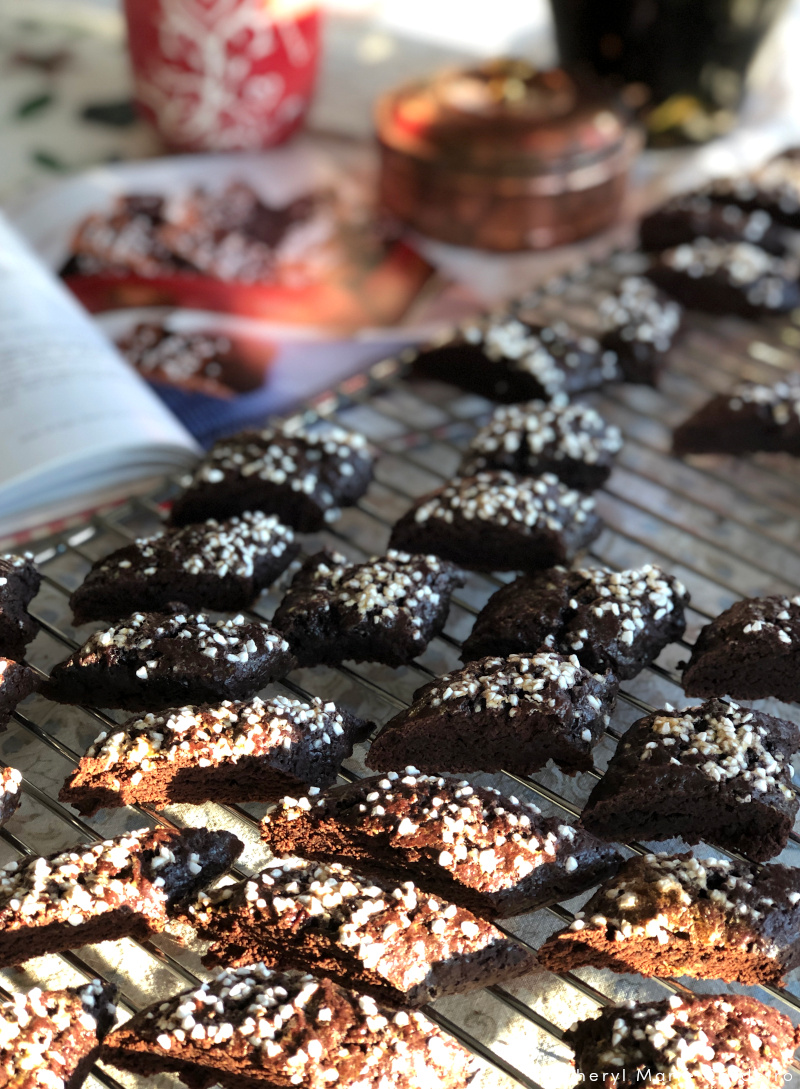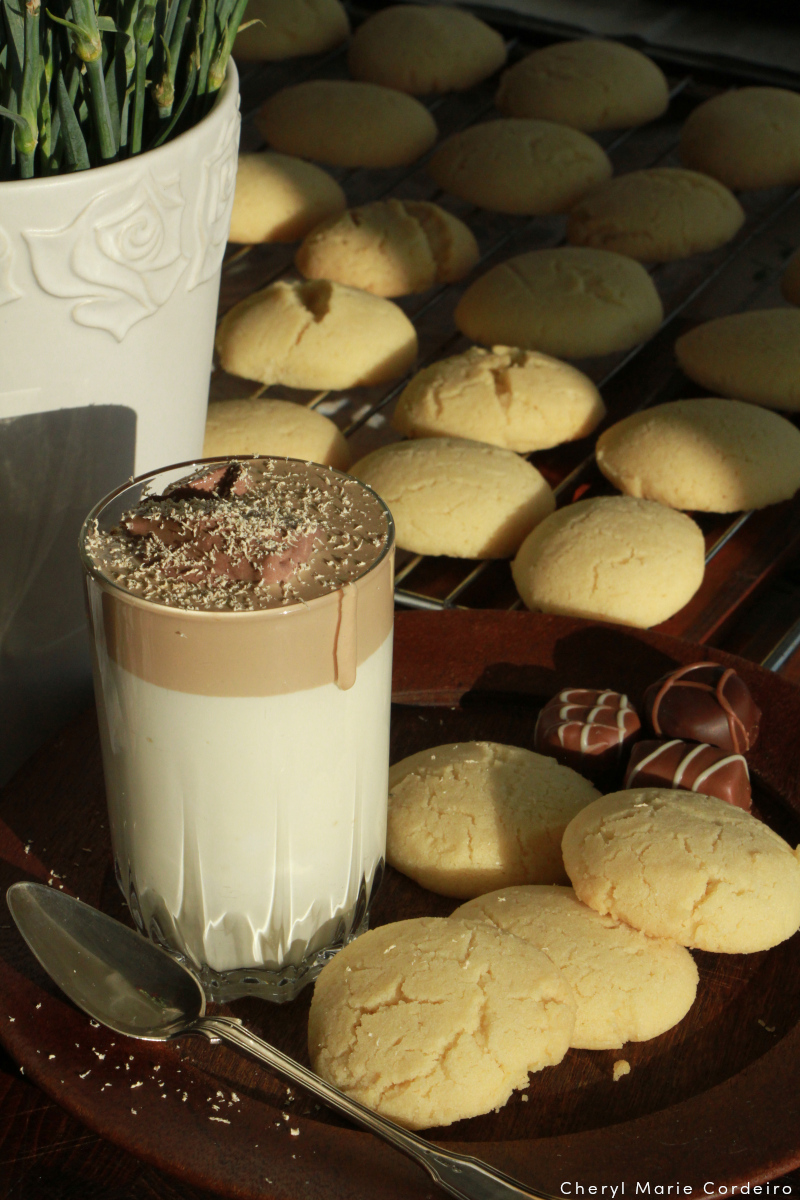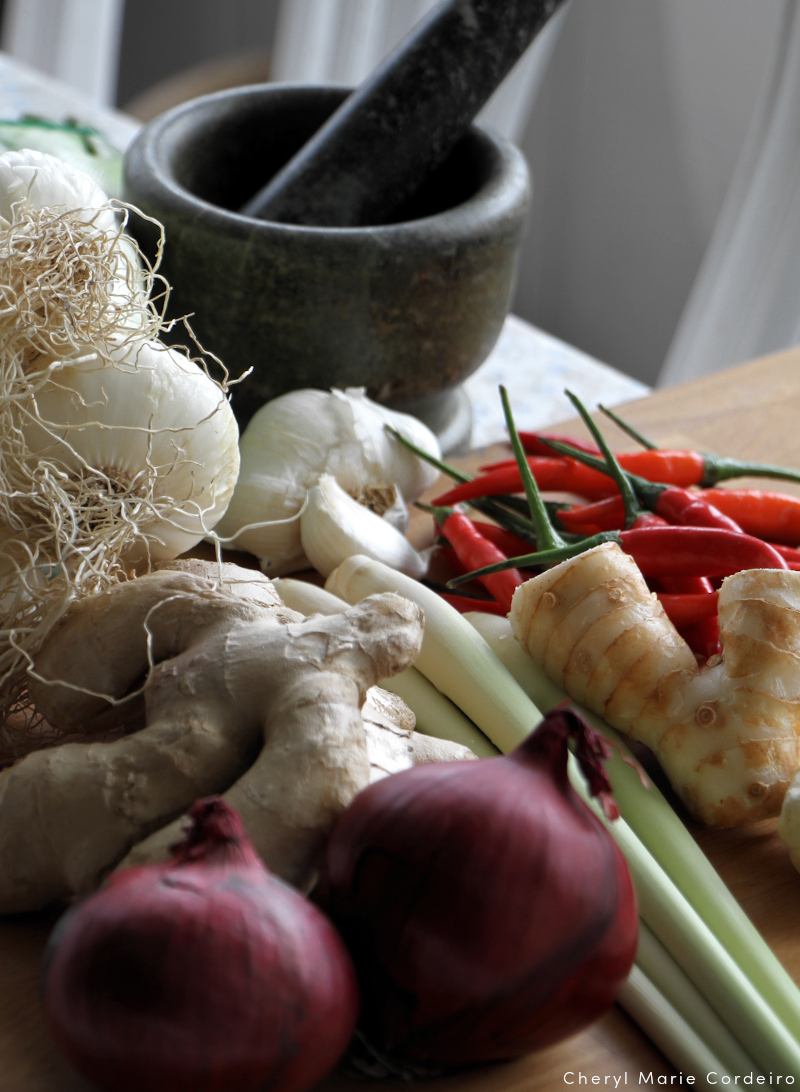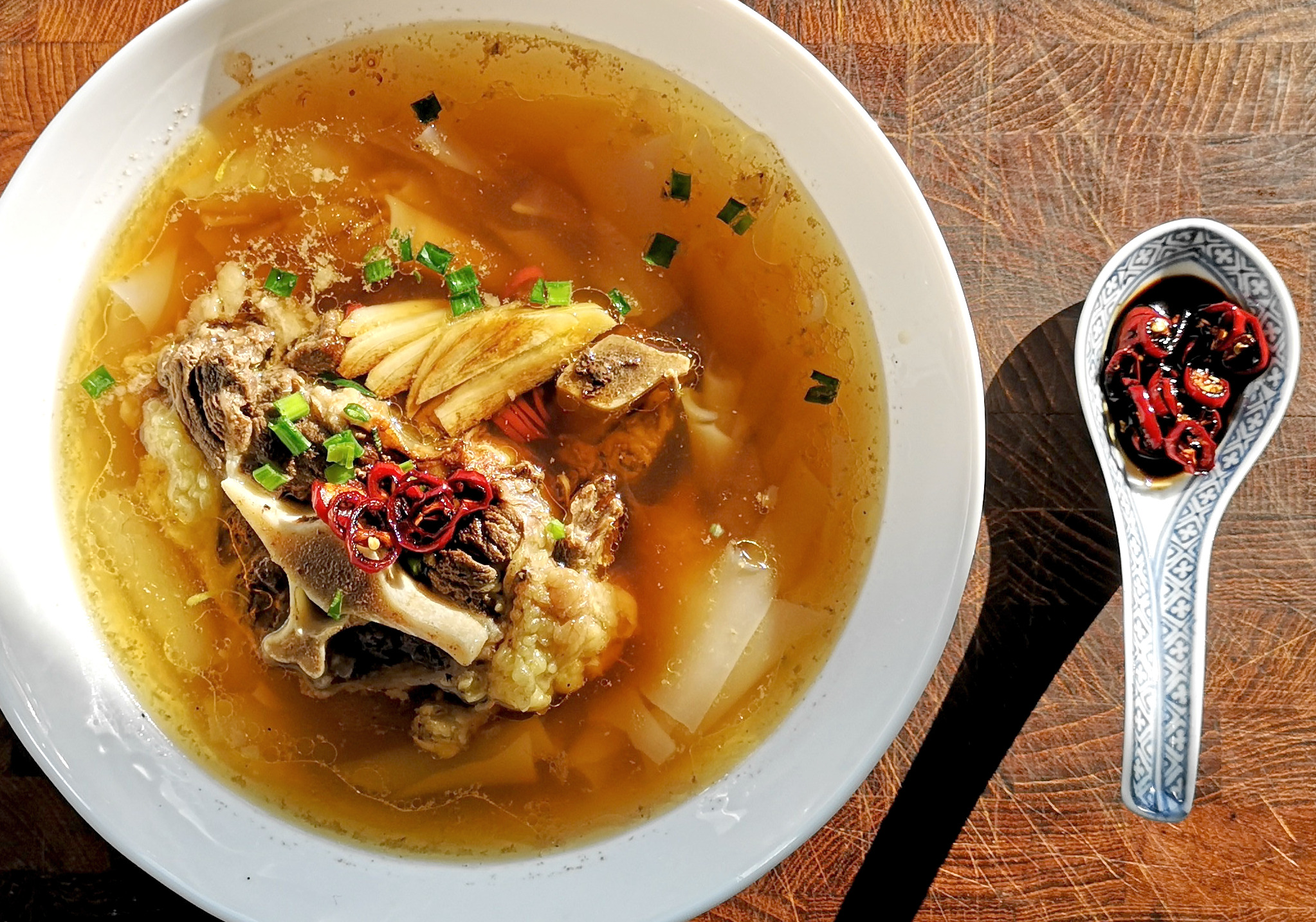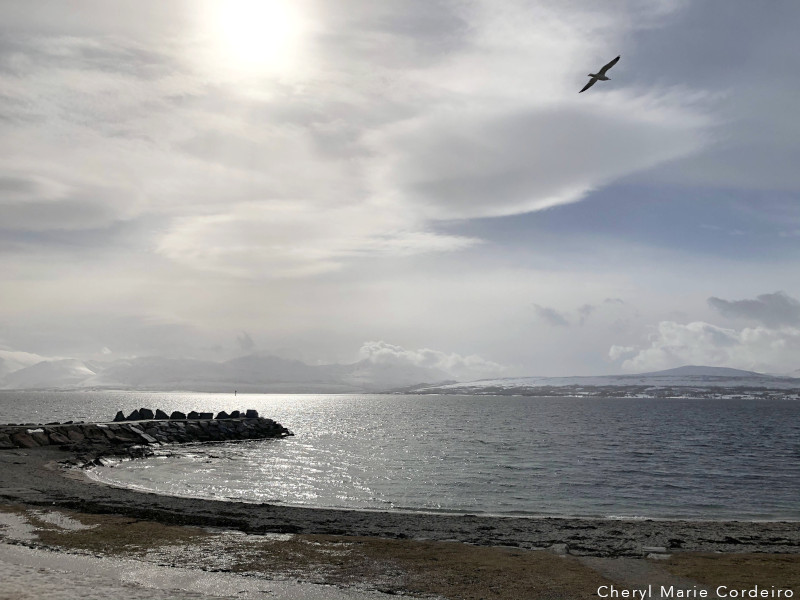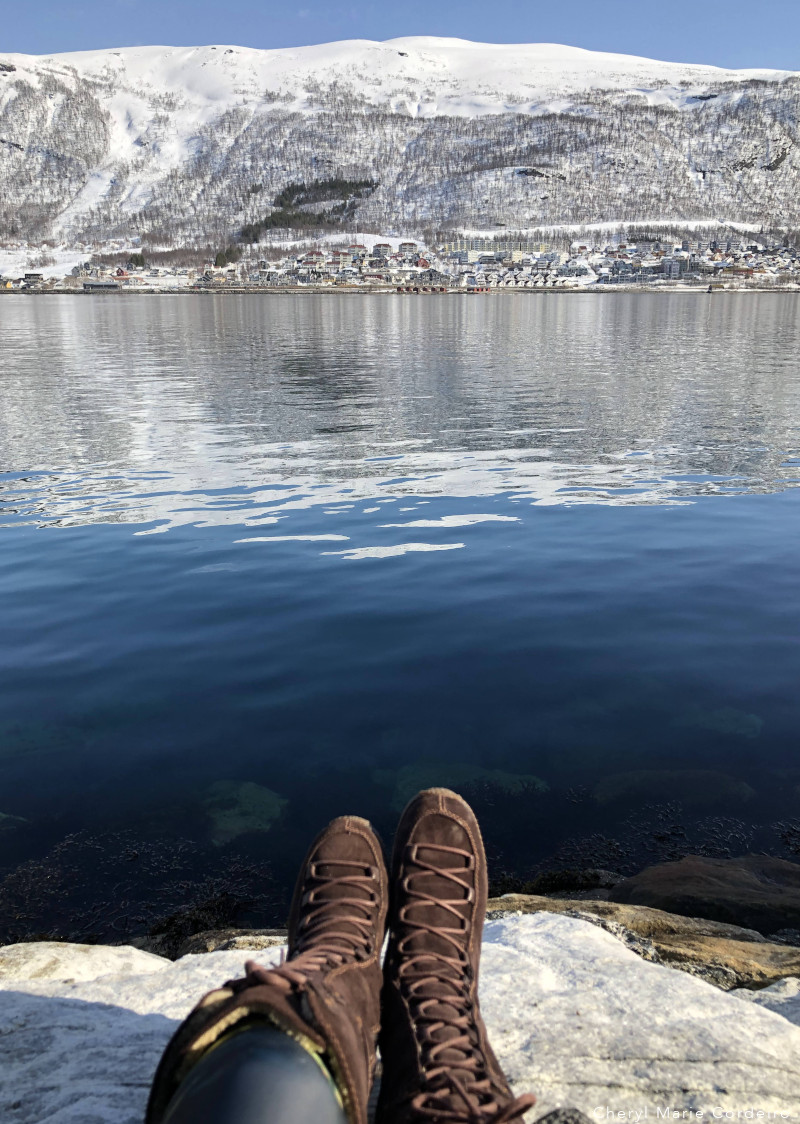Salvia officinalis and Stellaria Palustris
Text & Photo © JE Nilsson & CM Cordeiro 2020
Salvia officinalis (native to the Mediterranean region) and Stellaria palustris (native to Britain, Ireland and the Nordic region) make an unlikely combination in a flower vase. What they do have in common however, is that they are perennial and come warmer spring weather, they grow in the Nordic garden year after year.
Stellaria palustris or Meadow Starwort are some of the most beautiful flower blooms you can encounter in the Nordic countries. Reputedly growing in peaty soil, I’ve seen these flowers grow sturdy in much different soil conditions too. Soft and flowing when the evening breeze sweeps in, they look like a waterfall of flowers lining rocks and garden paths.
Salvia officinalis or Garden Sage might not look like much, but it makes a wonderful tea. Belonging to the mint family, Lamiaceae, and native to the Mediterranean region, this plant has naturalized and taken root in the Nordic region, growing outdoors without problems. Savoury and peppery, this herb has appeared in European cuisine from the 14th and 15th centuries, used to enhance sauces and condiments and often paired with turkey, chicken, pork and sometimes, fish.
